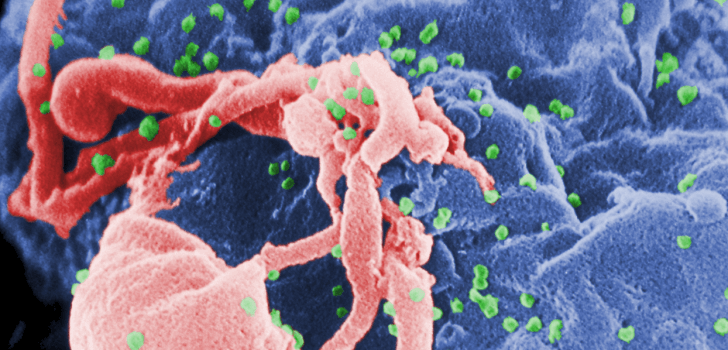Recently, scientists have begun to uncover the mysterious origins of the deadly virus HIV. It is believed that the virus initiated as a pathogen that affected monkeys and apes in West Central Africa. Eventually, the disease became transmittable to humans. This can largely be seen by the fact the some people still carry a version of HIV that is closely related to a similar disease seen in mangabey monkeys.
This isn’t much of a surprise, considering the heavy genetic relationship that is shared between humans and other species of primates. In fact, there have actually been multiple strains of HIV pathogens that have crossed over from monkeys and apes to human beings. However, only one version has actually become widespread throughout the world. Specifically, it is called HIV-1 Group M. The virus originally came from chimpanzees, and the M stands for “major”. More than 90% of the HIV infections that affect humans are of group M.
There isn’t much that is particularly special about the group M form of HIV. Instead, the virus simply took advantage of a series of events, eventually leading to its rapid spread. It is believed that the first instance of HIV-1 Group M in humans occurred sometime in the 1920s. Scientists also suspect that they have traced the original origin of the HIV Group M virus to that of Kinshasa, the capital city of the Democratic Republic of Congo. A little more digging showed that everything was put in place for global epidemic to occur starting in the 1960s.
In the 1920s, the Democratic Republic of Congo was a Belgian colony. The capital city, which was then known as Leopoldville, was a very attractive destination for young men looking for sex. With prostitution in the city thriving, the virus was able to quickly spread throughout the population of the city. From there, it wasn’t long until the virus spread across an extensive railroad network, making its way to hundreds of thousands of people every year. In a span of just two decades, the virus had spread more than 900 miles.
After the country gained its independence in the 1960s, it became a popular source of employment for French speakers throughout the world, most notably in Haiti. When young Haitians returned to their island later, they brought HIV with them. By the 1970s the disease entered into the United States, where it spread like wildfire.
Today, the drug is spread both through unprotected sexual intercourse and in the drug community through the sharing of needles. Needless to say, HIV has had quite the journey since the 1920s.
Stay Connected